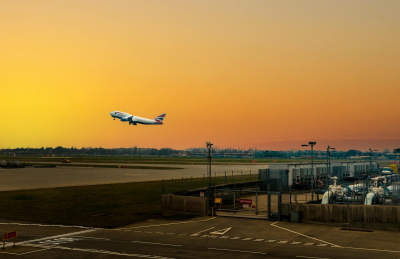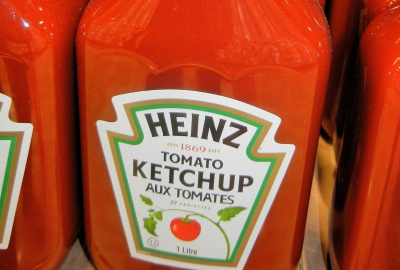Competitive pressures and strategic failures
Jones elucidates that the competition in Canada is particularly fierce due to the dominance of the "Big Two" airlines, which have controlled the market for decades. He emphasizes that Canadian travelers have been overpaying, prompting Flair Airlines to disrupt the market with significantly lower fares. Flair Airlines, based in Edmonton, currently operates 20 aircraft with 450 weekly flights across 36 destinations, promoting itself with the promise of "unbeatable fares every day."
However, the closure of Lynx Air earlier this year highlights the precarious nature of the budget airline sector in Canada, with Flair Airlines now standing as the sole ultra - low - cost carrier in the country. The challenges faced by such airlines have been acknowledged by the Competition Bureau Canada, which noted that while low - cost carriers tend to reduce fares, they encounter greater difficulties in Canada compared to other nations.
Regulatory hurdles and the eend for swift action
As he prepares to step down, Jones voices concerns over the regulatory landscape, which he believes hampers the ability of smaller airlines to compete effectively. He criticizes larger airlines for engaging in what he considers predatory business practices. A notable example is WestJet's former discount airline, Swoop, which Jones argues was designed not to foster competition but to eliminate it. This aggressive strategy was evident when Swoop mirrored Flair’s new route from Edmonton to Comox, leading to Flair’s eventual withdrawal from the route.
A call for efficient complaint handling
The Competition Bureau’s ongoing market study and its consideration of public input signal a move towards addressing these issues, but Jones advocates for a more rapid response mechanism to address predatory behaviors. This sentiment is echoed by John Gradek, a lecturer at McGill University’s Aviation Weather Control Program, who points out that the bureaucratic process can be slow and the burden of proof for predatory pricing is high.
The impact of user - pay systems
Adding to the complexities are the user - pay systems implemented across Canadian airports, which impose varying fees that disproportionately affect low - cost carriers. For instance, airport improvement fees range from $25 at Vancouver International Airport to $42 at St. John’s. Jones argues that such costs make it challenging for budget airlines to maintain low fares, reflecting a significant hurdle that does not exist to the same extent in other countries like the U.S. or Europe.
The future of budget travel in Canada
Despite these challenges, Jones remains optimistic about Flair’s future, citing strong bookings for the upcoming summer. However, the landscape remains fraught with challenges that could impede the viability of low - cost carriers in Canada. As the market continues to evolve, the ability of budget airlines to adapt and thrive will depend significantly on regulatory reforms and a fair competitive playing field. Flair’s journey reflects the broader struggles and potential of the budget airline industry in Canada, emphasizing the need for systemic changes to foster a truly competitive market in Canadian aviation.
Source: CBC


 Whether you're looking for an adventurous outing with your loved ones or a peaceful exploration on your own, Santorini full
Whether you're looking for an adventurous outing with your loved ones or a peaceful exploration on your own, Santorini full Travelling from Bristol to London Heathrow Airport is a journey that requires careful planning, especially when catching an important flight.
Travelling from Bristol to London Heathrow Airport is a journey that requires careful planning, especially when catching an important flight. The recent remarks by Prime Minister Justin Trudeau about Heinz's exit from Canada have sparked a response from the ketchup
The recent remarks by Prime Minister Justin Trudeau about Heinz's exit from Canada have sparked a response from the ketchup

